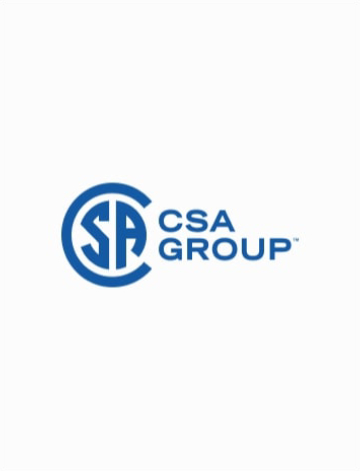Scope
1.1 Scope
This safety Standard applies to the manufacture, remanufacture, rebuild, installation, safeguarding, maintenance and repair, testing and start-up, and personnel training requirements for industrial robots and robot systems.
1.2 Purpose
The purpose of this Standard is to provide requirements for industrial robot manufacture, remanufacture, and rebuild; robot system integration/installation; and safeguarding methods to enhance the safety of personnel associated with the use of robots and robot systems.
Note: As used in this Standard, the term robot or robot system is intended to mean industrial robots or industrial
robot systems as defined in Clause 3.2.
1.3 Exclusions
This Standard applies to only industrial robots and robot systems. It does not apply to non-industrial robot applications such as undersea and space robots, tele-operated manipulators, prosthetics and other aids for persons with disabilities, micro-robots (displacement < 1 mm), autonomous mobile robots, surgery, and service.
1.4 Interaction with Other Standards
A robot is typically not a stand-alone device, but is integrated into an automated work cell with other machinery or devices that have Standards covering their use. Other machinery and work environment standards applicable to any workplace where this Standard is being implemented should therefore be reviewed. See Annex E for a suggested list of applicable Standards and other references.
1.5 Terminology
In CSA Standards, shall is used to express a requirement, i.e., a provision that the user is obliged to satisfy in order to comply with the Standard; should is used to express a recommendation or that which is advised but not required; and may is used to express an option or that which is permissible within the limits of the standard. Notes accompanying clauses do not include requirements or alternative requirements; the purpose of a note accompanying a clause is to separate from the text explanatory or informative material. Notes to tables and figures are considered part of the table or figure and may be written as requirements. Legends to equations and figures are considered requirements.
1.6 Measurements
The values given in SI (metric) units are the standard. The values given in parentheses are for information only.


